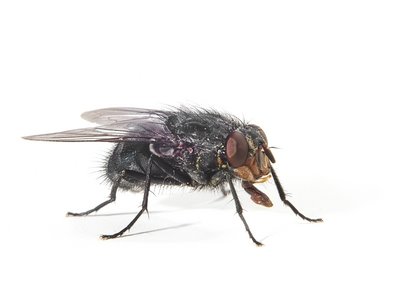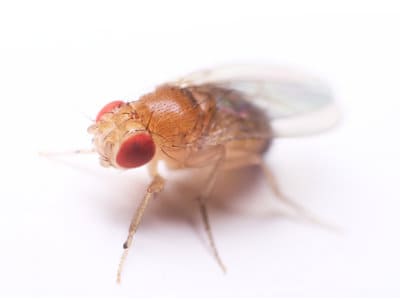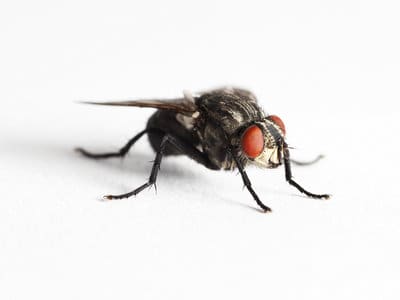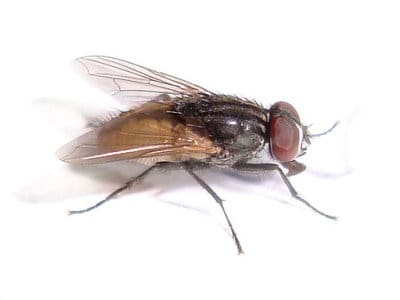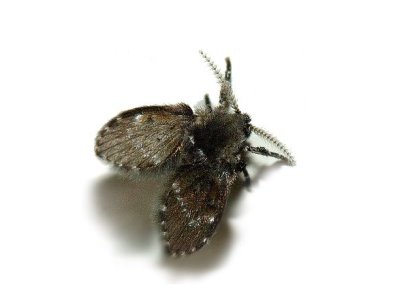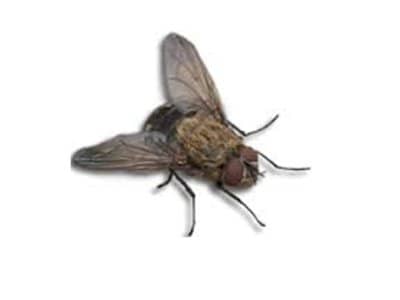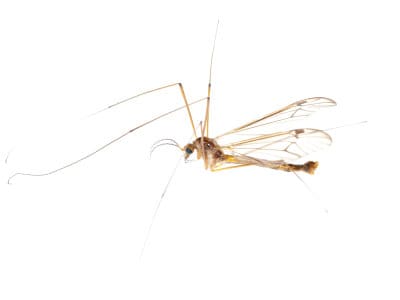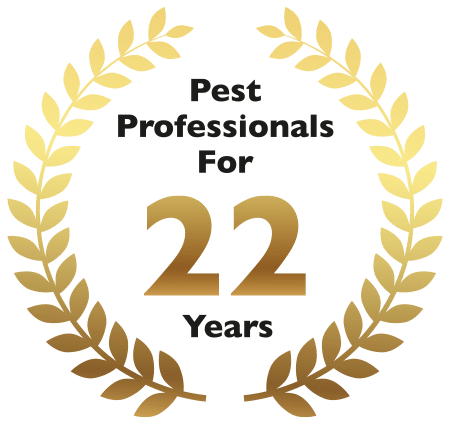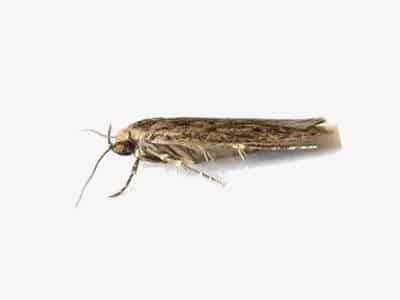About Fruit Flies
Fruit flies (Drosophila spp.) are a diverse group of small flies which are commonly found in homes, kitchens and food storage areas. Fruit flies thrive in warm temperatures, meaning they are a common indoor pest species in the UK, with numbers increasing substantially in the summer. Although they have a relatively short life span, they reproduce rapidly, and their presence can lead to illness through food contamination.
Flying insects can spread disease by contaminating our food. Fruit flies can pick up bacteria on their legs and bodies from the decomposing organic matter they feed on. Such bacteria are transferred to our food or food contact surfaces when they land, with potential to make us unwell.
Pest Solutions are here to help with fruit fly problems. Get the details of your local Pest Solutions Branch here or call our national advice line on 0800 027 2555 to arrange a FREE survey or a service visit.
Identifying Fruit Flies
Fruit flies are small, hump-backed flies, typically 2-4mm long with large, red compound eyes that cover most of the head. Wings are transparent with distinct bands near the tip.
As well as by appearance, fruit flies can be identified by their distinctive hovering flight pattern. They can often be seen darting around quickly in the air with small, erratic movements.
Common places to find fruit fly problems are around bins which need to be emptied or cleaned, areas where sugary liquids are regularly spilled (e.g. in bars) or places where food such as fruit or vegetables have been stored and gone off, all providing an ideal breeding sites for rapid reproduction.
Signs of Fruit Fly Infestation
Signs of a fruit fly infestation will be obvious, with an increased number of flies present indoors being a sure indication that a breeding site is present. It is highly likely that the fruit fly activity will continue or worsen until the breeding site i.e. the source of the infestation has been removed.
Female fruit flies can lay about 500 eggs throughout their lifespan, meaning thousands of fruit flies can infest a property very quickly if action isn’t taken.
Fruit Fly Biology & Lifecycle
Fruit flies go through a complete metamorphosis which includes four life stages: from Egg, Larva, Pupa to Adult.
Eggs are laid in and around decaying organic material such as decaying fruits, vegetables or liquid spillages which provides a food source for hatching larvae. The egg stage usually lasts for around 24 hours. Female fruit flies can lay up hundreds of eggs in their lifetime.
The larval stage usually lasts for around 4-5 days depending on environmental conditions. During this time, larvae feed on the decaying organic material before pupating. Larvae undergo metamorphoses within the pupal case, from which an adult fruit fly emerges to breed and continue the cycle of infestation.
Under favourable conditions, this complete process can take as little as 1 week. The average life span of an adult fruit fly is around a few days, however with favourable environmental conditions such as warm temperature, humidity and availability of food sources, some studies indicate even longer life spans.
Areas where fruit flies lay their eggs are known as breeding sites. Removal of these breeding sites is an essential part of fruit fly control.
Fruit Fly Behaviour
As the name suggests, fruit flies are often found around overripe or rotting fruits and vegetables. The sweet aroma of these items attracts flies to feed on their surfaces and lay eggs. Fruit flies are also particularly drawn to fermented substances such as beer, wine, cider or vinegar. Combine this with their love for sugary liquids such as juice or syrup, it is easy to see why fruit flies are a common pest of the bar industry, often known colloquially as bar flies.
Fruit flies are known to have a distinct hovering flight pattern, usually seen darting around erratically in the air around food sources. Given their size, many people confuse these flies for gnats. Keeping high risk areas like bars and waste bins as clean and dry as possible will reduce the risk of fruit flies.
Risk of Fruit Fly Infestation
Poor hygiene is often the cause of fruit fly infestations. As one fruit fly can lay hundreds of eggs, infestations can spread rapidly if hygiene issues are not resolved in a timely manner. Hygiene issues left unresolved for weeks can lead to dramatic levels of fruit flies especially under optimum temperature conditions.
Fruit flies can pick up bacteria on their legs and bodies from such unsanitary conditions. Such bacteria are transferred to our food or food contact surfaces when they land, with potential to make us unwell.
Keeping food covered, surfaces clean and practicing good waste management will reduce the risk of fruit fly activity.
Significance of Controlling Fruit Flies
Most people will find the sight of fruit flies hovering over food or waste very unsightly. High numbers of flies can damage the reputation of a business and these insects can be very irritating to deal with at home.
However, controlling fruit flies is not all about aesthetic or nuisance. Fruit fly infestation can lead to contamination of food through eggs, larvae and bacteria from fly legs and bodies. Fruit flies can pick up bacterial from decomposing organic material and transfer it to our food and our food handling surfaces.
As with all flying insects, there is a potential for fruit flies to carry bacteria over long distances which can lead to spread of disease or foodborne illness. While they are not typically primary vectors of diseases, they can potentially transfer pathogens from contaminated surfaces to food.
Controlling Fruit Fly Infestations
Where good hygiene and waste management are essential to prevent fruit fly issues, cleaning is also the best way to resolve a fruit fly infestation.
Identification and removal of fly breeding sites such as liquid spillages, overripe or ripe fruit and vegetables, bins, will ensure that the issue is resolved. If not, it is likely that flies will continue to emerge from the breeding site.
Insecticide knockdown spays are only effective to deal with the adult flies, and this method of control alone will be ineffective without cleaning to remove breeding sites.
Non toxic control can also be effective when combined with good hygiene. There are a variety non toxic methods for that are effective to control adult fruit flies.
Preventing Fruit Fly Infestations
Cleanliness and good hygiene are important to prevent fruit fly infestations. Keeping surfaces and bins clean and dry will remove breeding sites which will reduce the risk of fruit fly infestation.
Also consider food storage – open food especially overripe fruit or vegetables will attract flies. Storing ripe fruits in sealed containers or in refrigerators will prevent this from happening.
Good waste management is also important as fly breeding sites are almost always present within rubbish. Regularly emptying bins, keeping bins clean, and keeping organic and food waste in sealed containers will deny breeding sites for flies. Mop regularly to clean away any sticky substances that could attract flies.
Proofing can also be an effective way to keep your property free from the flies that are trying to infest your home. If fly screens are present on your drains, windows, and doors ensure they are maintained regularly to make sure they are effective. If not, consider installing fly screens, especially in food production or handling areas, to keep flies out.
Get rid of fruit flies with DIY Pest Control?
If you’re having problems with fruit fly activity within your home, there are some things you can try before seeing professional help.
First of all, make sure the effected area is clean and that there are no breeding sites for flies. Pay attention to hard to reach places where spilled liquids could stagnate or organic waste could gather. This will prevent new fly activity by disrupting the life cycle and stopping new fruit fly populations from returning in the future.
Once breeding sites have been removed, traps can be placed to control remaining adult flies. Amateur use traps are available to buy and are also easy to make at home with things you already have in your cupboards.
One simple method for making a fly trap involves mixing apple cider vinegar with a couple of drops of dish soap. Use apple cider vinegar if possible. Like with ripened fruit and vegetables, the aroma of the vinegar attracts fruit flies, with the dish soap breaking the surface tension of the liquid, meaning that the flies cannot get purchase to take off and escape the trap. Traps should be placed in areas where flies are active.
It is important to note that traps alone will not resolve the issue, cleaning is required.
When to Call a Professional
In most cases, location and removal of breeding sites is effective to remove a common fruit fly (Drosophila melanogaster) infestation. If fly activity persists, it is possible there are breeding sites that have been missed, or that the fly species has been misidentified. A qualified pest management professional will be able to identify the offending insect and recommend the best course of action to resolve the issue.
Connect with Us to Get Rid of Flies Today!
Pest Solutions have local Branches across Scotland, England, Wales and Northern Ireland. Our expert local techs are at hand to attend today. Call now to get an experienced Pest technician visit and get that Pest problem under control swiftly.
Get the details of your local Pest Solutions Branch here or call our national advice line on 0800 027 2555 to arrange a FREE survey or a service visit.
Find out more about how to get rid of fruit flies
